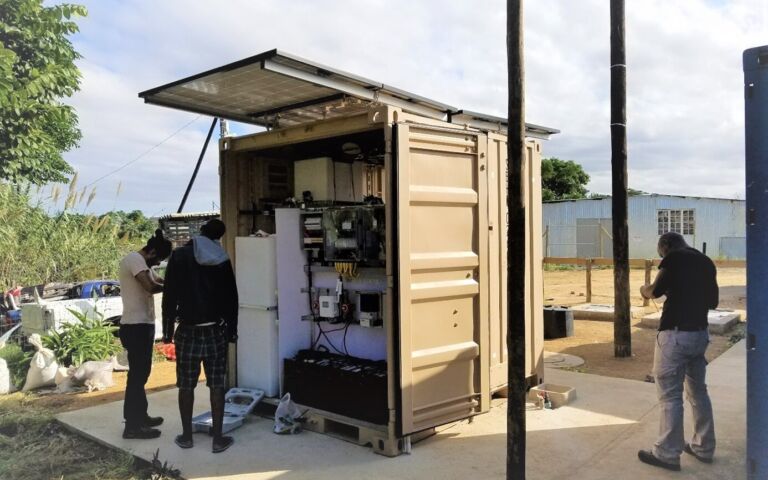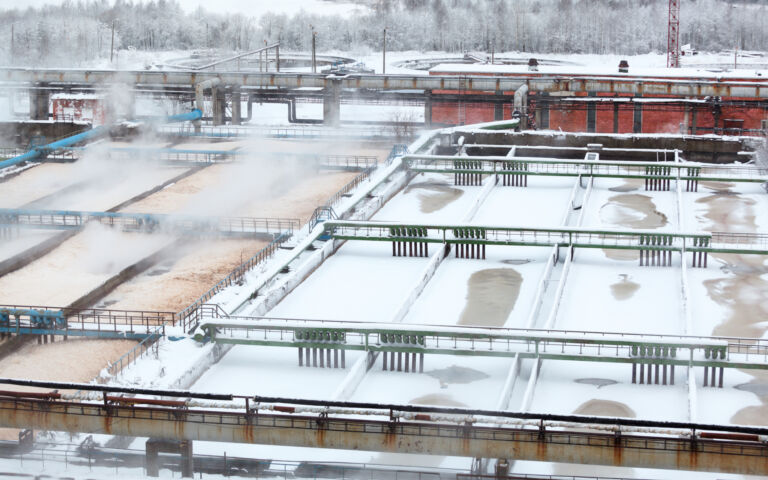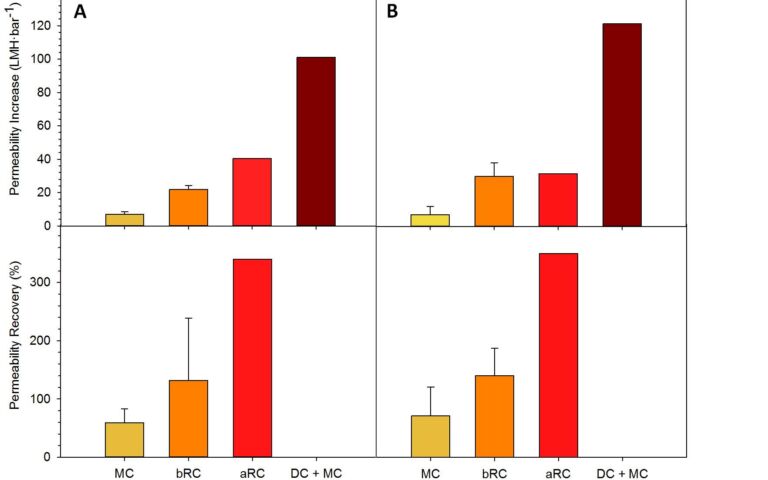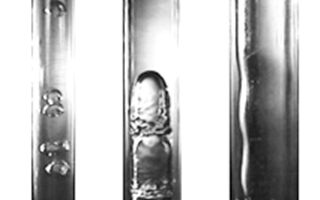MBRs − a random history


Simon Judd has over 35 years’ post-doctorate experience in all aspects of water and wastewater treatment technology, both in academic and industrial R&D. He has (co-)authored six book titles and over 200 peer-reviewed publications in water and wastewater treatment.
It was Henry Ford who said, 'History is more or less bunk'. This may well be so but, like Everest, it’s there and it’s kind of hard to ignore sometimes.
A while back I was asked who were the pioneers of immersed hollow fibre MBRs (iHF MBRs). Unquestionably, in terms of true innovation (there's that word again), it is Andrew Benedek of Zenon who took a novel idea and made it into a fully-fledged and widely employed commercial product. However, it would also be remiss to overlook the work of Professor Kazuo Yamamoto and his team at Tokyo University, who first presented the results of his study of an immersed HF MBR to a largely bemused and disbelieving audience at the back end of the 1980s.
The development of immersed MBRs (iMBRs) can at least in part be credited to the Aqua Renaissance programme in Japan, which permitted the development of the immersed flat sheet MBR (iFS MBR) pioneered by Kubota, originally more well known as a purveyor of agricultural machinery.
It may therefore be a close run thing as to which came first, the FS or the HF when it comes to the original R&D. Certainly, the first commercial iMBR was the Kubota technology. And whereas the 'Zeeweed' technology introduced by Zenon − following the curiously quirky 'Moustic' module developed by the company in the late 1980s − has undergone a number of changes since its introduction in 1993, today’s 510 Kubota flat panel looks pretty similar to the original 1991 design: a tangible demonstration, perhaps, of the phrase 'if it ain’t broke, don’t fix it'. This does not, of course, mean that there have not been significant modifications to iFS technology by other providers and, indeed, by Kubota themselves within their own product range.
Pioneers of MBR technology
None of this should detract from the fact that the original pioneers of MBR technology were the company Dorr-Oliver (who, like Zenon, originated from Canada). The company developed the first sidestream MBR in the late 1960s, based on flat sheet plate-and-frame technology − the same generic design as the Pleaide module subsequently developed by Rhone Poulenc in France.
The sidestream configuration subsequently formed the basis of the original anaerobic MBR. Whilst AnMBRs have been much beloved and researched by various academic research groups of late, they have been a commercial reality for at least 15 years thanks to the likes of Wier Envig (South Africa), Bioscan (Denmark) and Veolia (France). The immersed version (AniMBR), on the other hand, is a rather more recent development. There appears to have been some developmental work in Japan before the first installation from ADI in North America some five years ago.
Another interesting development is the air-lift sidestream configuration (A-LsMBR). Whilst there was undoubtedly similar developmental work being conducted by (then) Norit based on the Stork Friesland multi-tube modules, at around that time, a fresh-faced Pierre Le Clech (now Reader at the University of New South Wales) was carrying out his PhD study on an immersed air-lift MBR at Cranfield University around the turn of the millennium. Looking back on his work, it’s hard to believe that the high critical fluxes of more than 40 LMH reported by Le Clech for the A-LiMBR system didn’t arouse more interest at that time − not least from his supervisors.
Contemporaneous with the commercialisation of the first iMBRs was the pioneering work by Mike Semmens at Minnesota (in collaboration with Tom Stephenson at Cranfield) on the membrane aeration bioreactor (MABR) in the early 1990s. In this configuration the membrane isn’t used for rejecting the mixed liquor at all, but to diffuse oxygen into it. In the studies by his research group almost 100% oxygen utilisation was reported. As it turns out, the basic premise of the MABR appears to be sound: GE’s Zeelung, introduced last year, works on similar principles.
All of this goes to show, I guess, that what goes around comes around. Making a discovery is one thing, and there have been very many, but turning it into something that can be used − and that someone is prepared to pay for − is another matter altogether.








